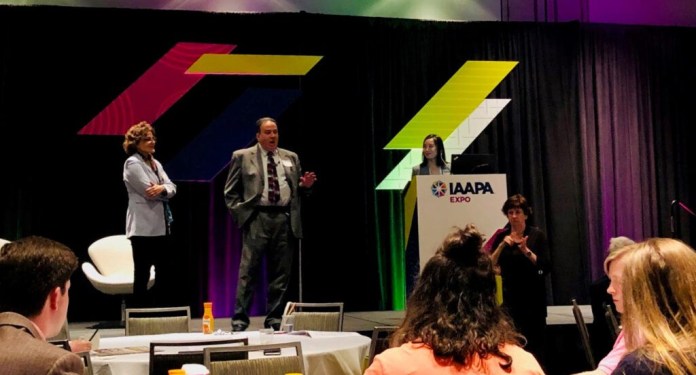Theming and immersive experiences have become a defining feature of modern entertainment and education, blending storytelling with technology to create captivating environments. This evolution is propelled by advancements in virtual reality, artificial intelligence, and neuroaesthetics, which enhance how audiences engage with themed attractions. The themed entertainment industry, valued at billions globally, continues to grow as consumers seek more interactive and transportive experiences. Organizations like the Themed Experience and Attractions Academic Society (TEAAS) play a pivotal role in advancing scholarly research and practical knowledge sharing in this dynamic field.
Set to coincide with the finale of the IAAPA Expo in Orlando, the 8th annual TEAAS Symposium is a cornerstone event that unites academics and industry professionals. Its agenda reflects the current trends and challenges shaping themed experiences. As the article highlights, the Symposium “spotlights theoretical and practical research, timely knowledge transfer, and research exchange as participants engage with industry leaders through networking and innovative presentations” (TEAAS, teaacademicsociety.org). This fusion of academia and industry offers a unique platform for advancing both the conceptual understanding and applied techniques within themed entertainment.
One of the Symposium’s keynote speakers, Molly Murphy, President of Universal Creative, represents the intersection of creative design and operational excellence. Her insights into themed entertainment design emphasize how storytelling must adapt in increasingly technologically sophisticated environments, enhancing visitor immersion without losing emotional resonance. The Symposium’s blend of creative leadership with academic research offers a roadmap for how the industry can balance creativity and innovation.
Among the robust schedule of scholarly presentations is an intriguing study on how interaction modes affect storytelling in themed environments. A research team from Breda University of Applied Sciences explores “Fictional Interactions with a Non-Fictional Historical Character in 2D Versus 3D Storytelling Environments” (TEAAS, teaacademicsociety.org). This work underscores the importance of dimensionality and sensory engagement in narrative experiences, which informs how designers might use virtual reality or augmented reality to increase emotional connection and memory retention in theme parks and museums.
The Symposium also addresses pressing educational needs with a session on technological innovation and curriculum development. Ady Milman of the University of Central Florida discusses “Exploring Technological Innovations and AI in The Theme Park and Attractions Industry: A Proposed Curriculum Framework” (TEAAS, teaacademicsociety.org). This highlights the necessity for academia to prepare future professionals with cutting-edge skills relevant to emerging technologies such as AI-driven personalization or data analytics. Such educational initiatives ensure that the workforce can sustain the evolution of themed entertainment in an increasingly digital age.
Extending the conversation to the realm of neuroaesthetics, a multidisciplinary group examines the brain’s response to themed versus real-world environments. Their research, presented as “On The Neuroaesthetics of Themed Entertainment: A Brain Study on the Environmental Aesthetics of Themed Compared to Real-World Environments” (TEAAS, teaacademicsociety.org), offers groundbreaking insight into how immersive design elements can manipulate emotional and cognitive states. This knowledge has profound implications for the design of themed attractions, optimizing guest experience by tailoring environments to evoke particular psychological effects.
Connecting these advancements to the fulldome and immersive cinema industry, the themes emerging from the TEAAS Symposium resonate deeply. Fulldome theaters, which envelop audiences in 360-degree visual experiences, share many challenges and opportunities with themed entertainment—chiefly how to craft compelling narratives that fully leverage immersive technology. The Symposium’s exploration of narrative techniques, sensory engagement, and neuroaesthetic responses provides important guidance for content creators aiming to maximize immersion and emotional impact within domed environments.
For fulldome venues, the integration of AI, as discussed by Milman, could lead to more interactive and adaptive show experiences that respond to audience cues, elevating educational programming and entertainment. Moreover, the research on the tension between fantasy and reality in themed experiences may inspire fulldome designers to balance spectacle with relatable content, ensuring audiences remain both fascinated and emotionally connected. As the themed entertainment sector evolves through academic-industry collaboration, fulldome and immersive cinema practitioners stand to benefit from these insights, advancing their craft with enriched storytelling tools and design methodologies.
Originally reported by IPM News via www.inparkmagazine.com on 2025-10-26 18:03:00.
Read the full original article here: www.inparkmagazine.com


